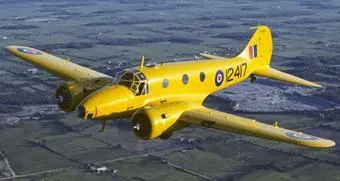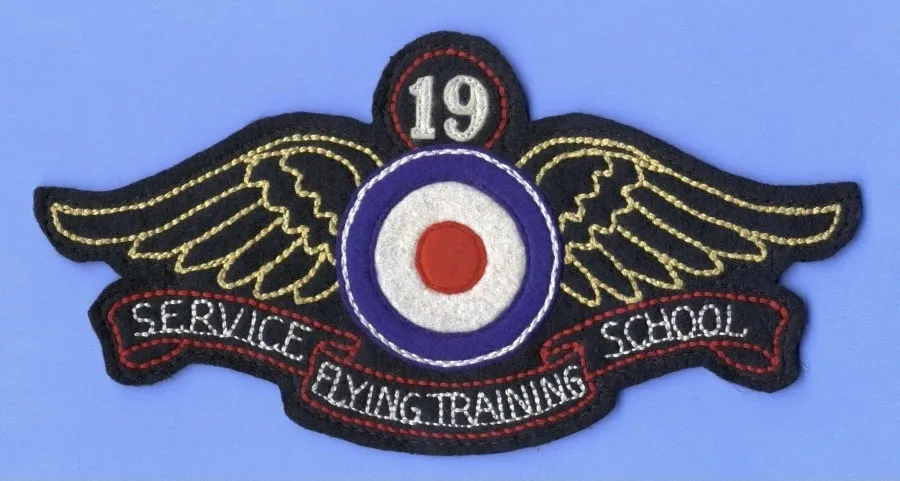Anson 7399 crashed for obscure reasons although low flying was suspected as the most likely cause of the accident.
Killed includes Clarke: LAC Bernard Dennant Mays RAF KIFA, aircraft crashed 11 mi. North-East of Carmangay, Alberta Vulcan Cemetery, Vulcan Alberta.



